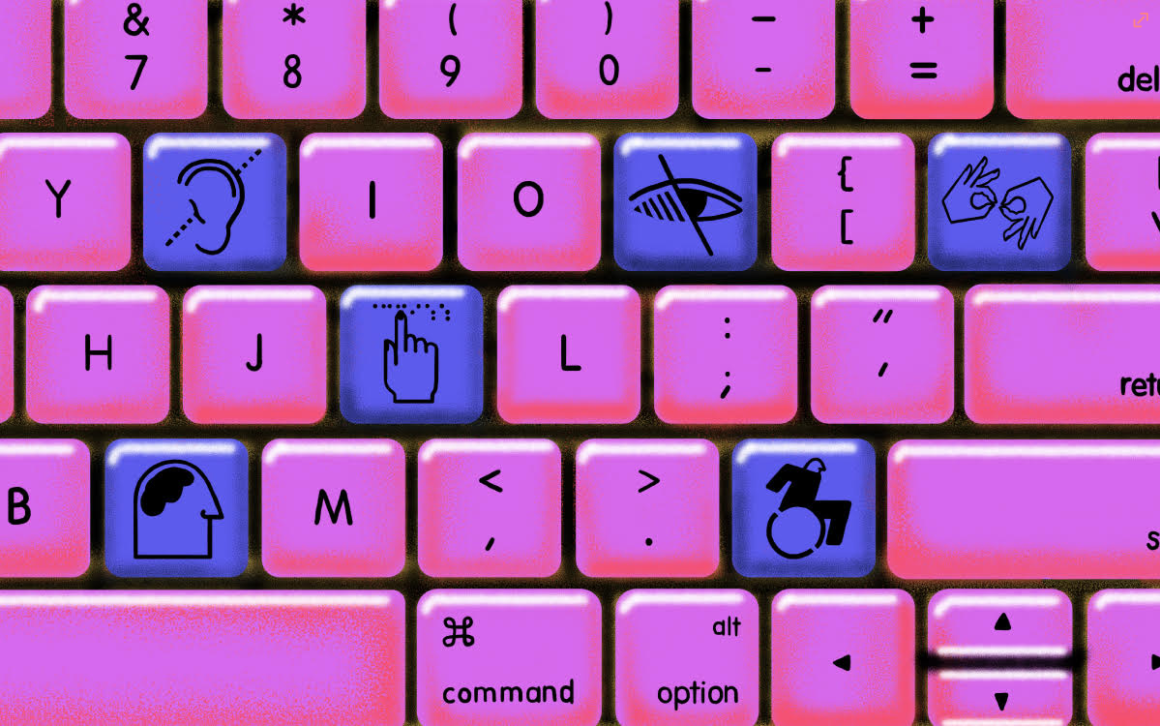I’ve been working with digital accessibility for over twenty years, and find it very satisfying every time we can collaborate with a client that supports inclusiveness. For this reason, I was really pleased to see AIGA, The Professional Association for Design, publish a blog post on the importance of digital accessibility.
Unfortunately, too many clients believe digital accessibility is solved by a combination of Photoshop filters and WordPress Plug-ins. At DesignHammer we do our best to educate, identifying accessibility requirements, addressing accessibility goals day-one of any project (during project kickoff) and documented in every project plan.
While most professional designers probably know that designing and developing for digital accessibility isn’t simple, they also often don’t know what they don’t know. Relying on automated testing tools rather than consulting with people who rely on Assistive technology (AT) is a major error that often yields sub-standard results.
An interesting example from the Eye on Design post was Instagrams attempt to automatically generate alternate text via AI (Artificial Intelligence) software. But when the description for a photo of Leonardo da Vinci’s Mona Lisa is “Image may contain: one or more persons”, did they do anyone a favor? Content creators were given a pass on not creating useful alternative text since Instagram offered an automated service, leaving visually disabled users worse off than before.
To deliver a successful project that is inclusive for people who rely on Assistive technology, designers and developers need to identify the goals of the project, plan for digital accessibility, and consult with disabled users, all from the start.
As I have written many times before, digital accessibility is about inclusion, and not about checking off boxes. We are doing it to help people, and when it comes to websites, even impacting people’s lives. Can an accessible website allow someone to apply for a job, order their groceries, or access their child’s school grades?
From the blog post, Alex Haagaard, Director of Research at The Disabled List, a disability-led self-advocacy organization for creatives, said “When you only frame disability as a problem to be solved or a checklist of standards to meet, it just becomes a category of marginalization or impairment.”
Unfortunately, too many designers and developers still consider digital accessibility as a checkbox, and worse yet, often one that is only addressed at the very end of a project. This often leads to the worst of all worlds, where accessibility is crammed in as an afterthought, yielding a sub-standard experience on a project that is delivered late, and over budget. I hope the post helps get the word out to more designers and help us all create a more inclusive world.



Add new comment